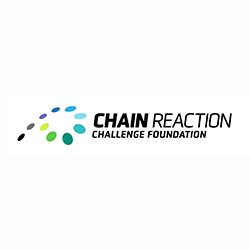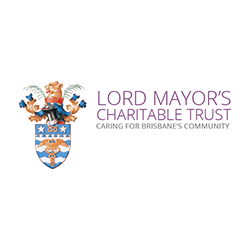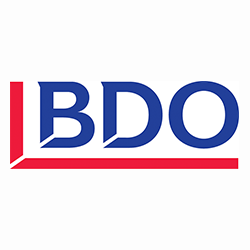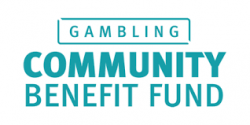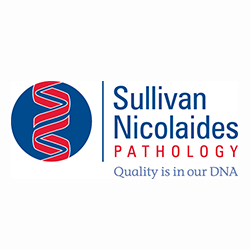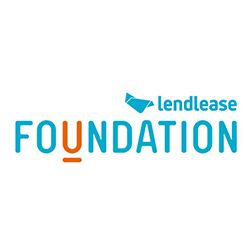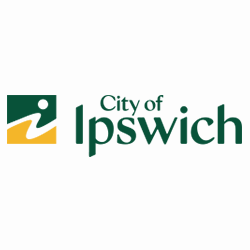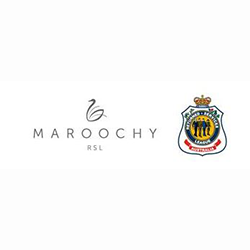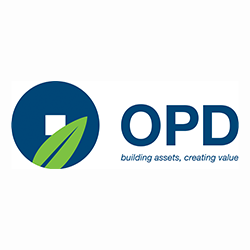
Choosing the next education setting for your child when transitioning from AEIOU is an exciting but daunting prospect. It can be overwhelming going from a familiar supportive service into the unknown. There are many things to consider when making a decision on what school will be best for your child. Ultimately, it is important to find a school that best suits the needs of your child- every child is different and a school that works well for one child may not work for another.
When researching schools, it is important to have a clear picture of what level of support your child will need to ensure success. The best place to get this information is from your child’s early intervention team. They can provide you with a clear picture of your child’s strengths, along with challenges they may face in their next setting and consequently supports that may foster success. While they are unable to give you specific schooling recommendations, as each school is different for each child, advice from your child’s team, along your own expertise on your child, will help inform you educational choices.
Once you are armed with a clear picture of what your child requires, it’s time to start visiting schools and talking with staff.
Here are a few things to consider when selecting a school:
- Physical environment: It is important that your child will be in a safe physical environment. Will the school provide a safe accessible environment for your child? Is it school fully fenced?
- Communication: As a part of an early intervention service you receive regular communication from your team, it is important to understand the mode and frequency of communication in the school. Who will provide information about your child’s progress and strategies? How will information about how to support your child be passed on? How often can you expect to receive information?
- Support: You will need to ensure you have a thorough understanding of the support the school can provide and if this is suitable for your child. Does the school have a Special Education Program (SEP)? If so, what does this program look like? Are you able to employ additional therapists to support your child at school if need be? Have children with ASD attended the school before? Would staff be available to visit AEIOU to gain an understanding of your child’s specific needs before they transition?
- Specialised Strategies: If your child has specialised strategies (e.g. behaviour, toileting, social,) it is important to find out if the school can implement these strategies and support further development in specific areas. Is the school happy for staff to receive training and feedback as a part of AEIOU’s transition process? How do you ensure strategies are implemented consistently?
- Social Interaction: Being an area of difficulty for children with ASD, it is important that the school is able to support the development of effective social interactions. How does the school encourage, supervise and support social interaction in the playground? How does the school foster positive relationships between students?
- Self-Care: It is important that your child is able to be as independent as possible at school but also has access to necessary support. Will there be someone available to provide your child with assistance to: use the toilet, wash hands, blow their nose, apply sunscreen? What distance are the toilets from the classroom?
- Friendly Welcoming First Impression: Your first impression of the school can say a lot about how your future interactions with the school will be. Do you and your child feel welcomed when visiting the school? Do the staff sound knowledgeable and professional when speaking about your child?
These are just a few things to keep in mind when assessing whether a school is right for your child and your family.
One big thing to remember is that no matter what school you choose for your child it does not have to be a forever decision; if it does not work out there are always other options. Some children will transition into a special school and then later into a mainstream school, some go from one mainstream school to another with different supports and some go from a mainstream school to a special school. While this may seem like the biggest decision you have made as a parent, rest assured knowing that it is not set in stone and if it doesn’t work out there are other options and supports.
Remember, AEIOU offers to transition visits in the first term after transitioning from AEIOU. We also encourage schools to visit your child at our centre prior to transition, to gain an understanding of the child’s current skill level. Each family also receives an AEIOU exit summary which provides the school with an overview of skills your child is working towards, as well as relevant strategies.
We understand transitioning from AEIOU can be a stressful time for your family. We are here to support you to work towards a successful transition. Please contact your child’s early intervention team directly for more specific advice.
About the author: Kate Sheales is AEIOU Foundation's Program Coordinator (Senior Occupational Therapist) and is passionate about promoting independence for children with autism. She has been an integral member in the AEIOU team since 2011, based primarily at the Nathan centre. Kate holds a Bachelor of Occupational Therapy at the University of Queensland and is currently studying towards her BCaBA qualification.
Tags: Autism, Education, Transition, School, Children




